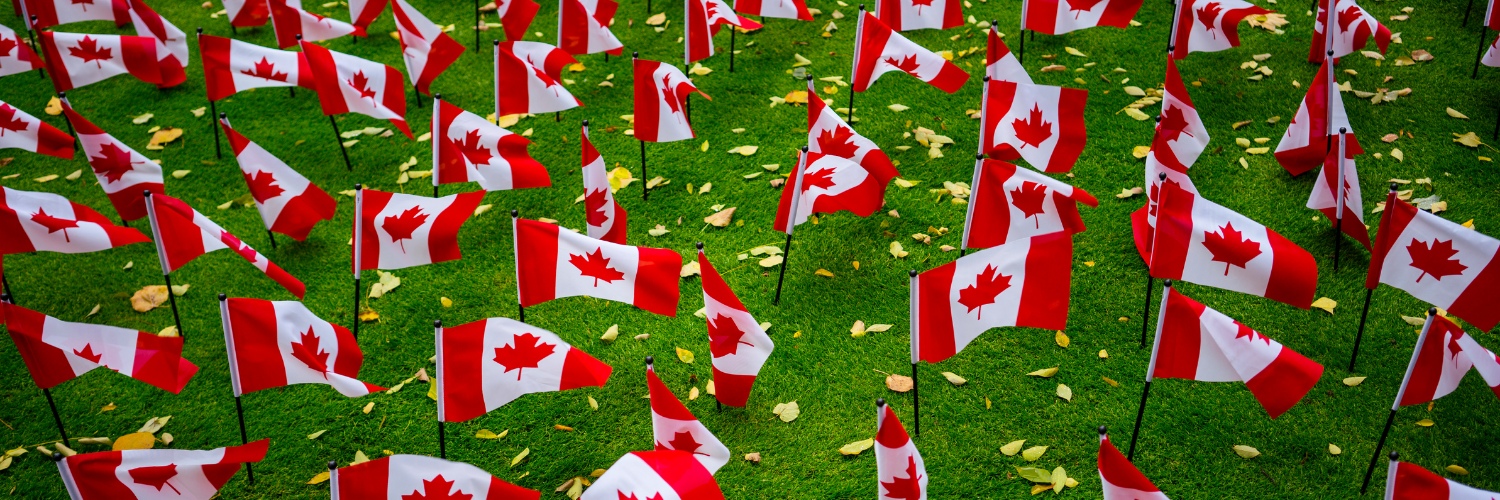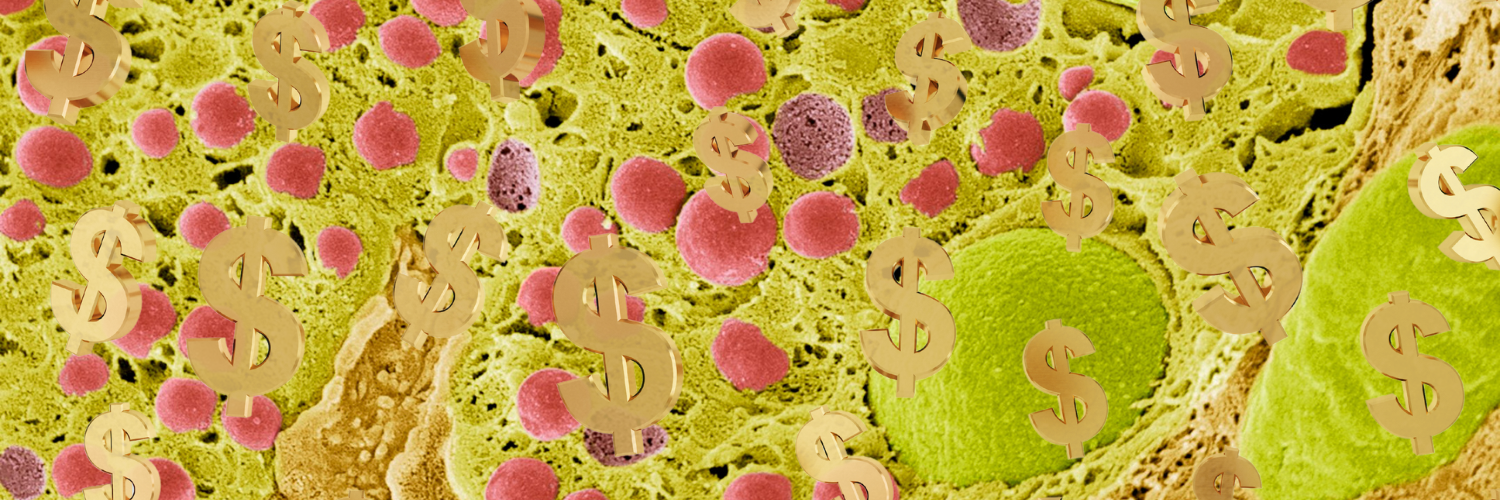Ordering Brand Name Drugs from Canada is Cheaper. For Generic Meds, It’s Often the Opposite.

Drug prices in the U.S. are soaring and the sticker shock at pharmacy counters is sending many online to find financial relief. The prices of the top 20 drugs prescribed to seniors in the U.S. have risen ten times the rate of inflation in the past five years. The government is actively working on a plan to lower drug prices, but changes are still likely years away. And, according to a new report by the Congressional House Ways and Means Committee, drug prices in other countries are on average 75% cheaper. So, why shop at your local U.S. pharmacy at all? Millions of Americans order cheaper medication online from foreign pharmacies. Importing drugs from Canada is often viewed as the most immediate solution for patients looking to cut costs. Just hop online and order internationally, right?
Well, no. It’s not that simple.
For generic medications, Canadian pharmacies aren’t always the best bet - quite the contrary. According to research by PharmacyChecker, a company that helps people afford their medications through online pharmacy verification among other patient assistance services, 88 percent of the top prescribed generic drugs are cheaper in the U.S. than they are at accredited pharmacies in Canada. Yes, generic drug prices are often cheaper in the U.S.
For the study, PharmacyChecker was able to analyze 34 of 40 of the most prescribed drugs in America (six of the 40 were either unavailable in Canada or were controlled substances.) Thirty of the remaining 34 were less expensive in the U.S. than they were across the northern border if consumers paying out-of-pocket used a drug discount card at local pharmacies. The price analysis included shipping costs for the Canadian drugs.
On average, the drugs were 68% cheaper at U.S. pharmacies than their Canadian counterparts. For example, amoxicillin, a penicillin antibiotic, is $12.43 for a month’s supply of 500 mg in the U.S. but almost four times higher – $46.38 – in Canada.
The research also compared prices of drugs available to order from other countries— such as Australia, Turkey, and India—with similar findings. In this case, many drugs were still more expensive than their U.S. counterparts but not as expensive as the Canadian ones.
This research has interesting implications, especially as large numbers of U.S. consumers search abroad for prescription medication. Effectively, if a consumer obtains a prescription for a generic drug, they can likely find that drug at a local pharmacy for a better price than they would abroad.
Why is this important?
Importing drugs from Canada has its issues, not least among them that it’s technically prohibited under most circumstances. I write “technically” because the FDA doesn’t prosecute patients for buying meds in other countries for their own use and millions of Americans are taking advantage of ordering meds online to save money.
Perhaps more importantly, independent, local U.S. pharmacies are hurting. This is more your “mom and pop” pharmacy than the big chains like CVS and Walgreens. A 2018 report from the Chicago Tribune stated that over a dozen local pharmacies in Illinois had closed since the recent Medicaid Part D expansion. According to a 2018 report from RUPRI Center for Health Policy Analysis, in the past 16 years, 1,231 independent pharmacies have shuttered their doors. This hurts consumers for the same reason that any local, small business closing hurts consumers: Without these local businesses, finding necessities can be much harder. For rural residents, in particular, losing a local pharmacy may mean losing access to potentially life-saving drugs.
The takeaway is not to assume that all drugs are cheaper in Canada. Shopping domestically keeps you within the bounds of U.S. regulations and supports your local pharmacy! If the price is unaffordable locally, that’s when Canada becomes an appealing option. You can do so safely by only shopping at Canadian and other international pharmacy websites that are accredited.
Why are brand-name drugs cheaper in Canada?
Unlike their generic counterparts, brand-name drugs are significantly cheaper in Canada. According to research performed by PharmacyChecker, consumers can potentially save an average of 75% on patented drugs if purchased from Canada and 90% when licensed pharmacies in other countries are factored in.
This is because Canada created an agency to keep prices of patented drugs under control. The Patented Medicine Prices Review Board, per its website, “protects the interests of Canadian consumers by ensuring that the prices of patented medicines sold in Canada are not excessive.” The agency was established in 1987 under the Patent Act. This agency notably does not control the prices of generic drugs, leaving them to the whims of the market, which is less competitive than in the U.S. This results in higher prices, as explained below.
Why are generic drugs cheaper than brand-name drugs in the first place?
The most common answer to that question is that companies selling brand-name drugs hold a patent on those drugs. That means one company monopolizes the price of a drug for up to 20 years, and in the U.S., can charge whatever they want for it. According to the drug companies, the high cost of research and development of a drug justifies the very high prices.
In contrast, after the patent on the brand expires, generic drug companies essentially copy the brand drug and don’t need to pay for the innovation. That’s one reason generic drug prices are lower. These companies charge less than the brand-name drug to attract more business. It’s when many companies start selling the same generic drug that competition substantially lowers the average price of the drug. The more companies selling a generic there are, the lower-priced the drug will be. With many competitors, drug prices are usually driven down by 80% and sometimes more.
The U.S. has the most expensive prescription drugs in the world. Why is that?
Drug prices are high in America due to 1) patent laws 2) market exclusivity and 3) lack of government regulation. As stated above, patents give drug companies a monopoly. Other countries have patents, too, so that’s not the only reason for excessive prices. In some cases, the FDA awards market exclusivity on certain drugs to pharmaceutical companies, which essentially extends monopoly prices. Companies also finesse their way into even longer patent allowances using practices like “evergreening” (releasing a slightly altered form of a drug) that allow for patent extensions on the original and the “newer” drugs; and “pay-for-delay” deals, in which brand drug companies pay generic drug makers to postpone launching a lower-cost generic version.
In addition, the U.S. has no governing body policing the price of drugs like Canada has. Lawmakers in America have recently set their sights on changing this. In September, members of Congress introduced a bill that would allow the government to negotiate the price of the 250 highest cost patented brand-name drugs.
According to drug companies, high prices are meant to accommodate the cost of research and development (R&D). They argue that very high profits are needed to make new drugs. Critics of this position say that pharma’s contribution to R&D is overstated and that we taxpayers foot more of the R&D bill through the National Institutes of Health than most people realize.
What are some popular drugs that are way cheaper in the U.S.?
A number of medications are way cheaper as a generic in the U.S. than from Canadian online pharmacies.
A month-supply of lisinopril 10mg, a drug that regulates blood pressure, is $8.55 in the U.S. compared to $17.54 when purchased from Canada with shipping included—a 52% difference.
Consumers can save up to 63% on omeprazole 20mg, a drug that cares for gastrointestinal issues if they shop locally. Thirty capsules are $9.98 in the U.S. and $26.92 imported from Canada.
Losartan, also a blood pressure regulator, is $28.04 for one hundred 50mg tablets in the U.S. and $83.74 when ordered from Canada. Consumers save 66% by shopping at a local pharmacy.
What are some popular brand-name drugs that are way cheaper in Canada?
A three-month supply of Xarelto 20mg with a pharmacy discount card in the U.S. is $1,410 but only $316.44 in Canada.
A three-month supply of Januvia is $1,420 in the U.S. but only $341.78 in Canada.
Both drugs are not available as generics in the U.S.
Stay Local Unless You Can’t.
Facing high costs at the pharmacy counter is a real problem in the U.S. Finding the best prices requires research. In many cases, purchasing drugs from Canada is the cheapest option, but that’s mostly for brand-name drugs. Almost 90% of prescriptions filled in the U.S. are generic. And those drugs are often far cheaper in the U.S.
Keep in mind, before you go international: many times, purchasing generic drugs from a local pharmacy in the U.S. would be cheaper, easier, legal, and better for the American economy (and even your neighbors) than ordering drugs from abroad.




